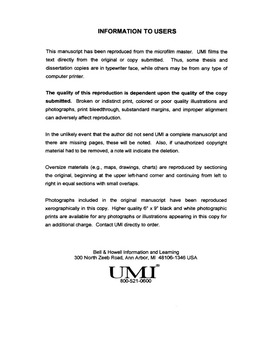| dc.description.abstract | What is "shape" in conducting music? Shape is that which creatively exposes and actualizes in performance the organization or lack thereof of all intrinsic elements within a given score. Conductors imaginatively bring shape to a score by interpretation on both macro and micro levels, with smaller shapes existing in tandem within larger shapes and all shapes, whether they are archlike, wavelike, static, disjointed, angular, etc. evolving into an actual interpreted shape for the entire composition---an overall aural image. Three principles of shape serve to explain the various aspects of this concept. The first principle of shape is the parts of a musical composition should relate to a conceptual framework of the whole score as well as to one another. The whole, then, is a conceptual framework for organizing the parts. From the perception of the whole, a particular quality---Gestalt---arises. The second principle of shape is a variety of detailed nuance in a musical composition should be provided by looking to the internal sublevels of interpretation and keeping them in relationship with the whole. This second principle focuses on how detail is interpreted from emphasis of a particular syllable to a slight rubato or acceleration. The third principle of shape is the motion of a musical composition, through conducting the aural image, should be appropriately controlled so as to provide the essence of the inherent shape. After the first two principles are comprehended and designed, it is then up to the conductor to execute them creatively. Conducting the preconceived shape---the conceptual whole as well as the detailed nuances---without interrupting the aural image appears essential. The conductor physically needs to conduct this preconceived shape precisely as desired, having practiced until it becomes natural movement that has a fluidity of its own. The conductor is then ready for the unknown events of a conducting situation and, with ownership of shape and ease of execution, can participate in the events of his or her own aural image of shape for the composition. Conducting musical shape is a means to intentionally providing musical shape is a means to intentionally providing aesthetically pleasing performance experiences. | en_US |
